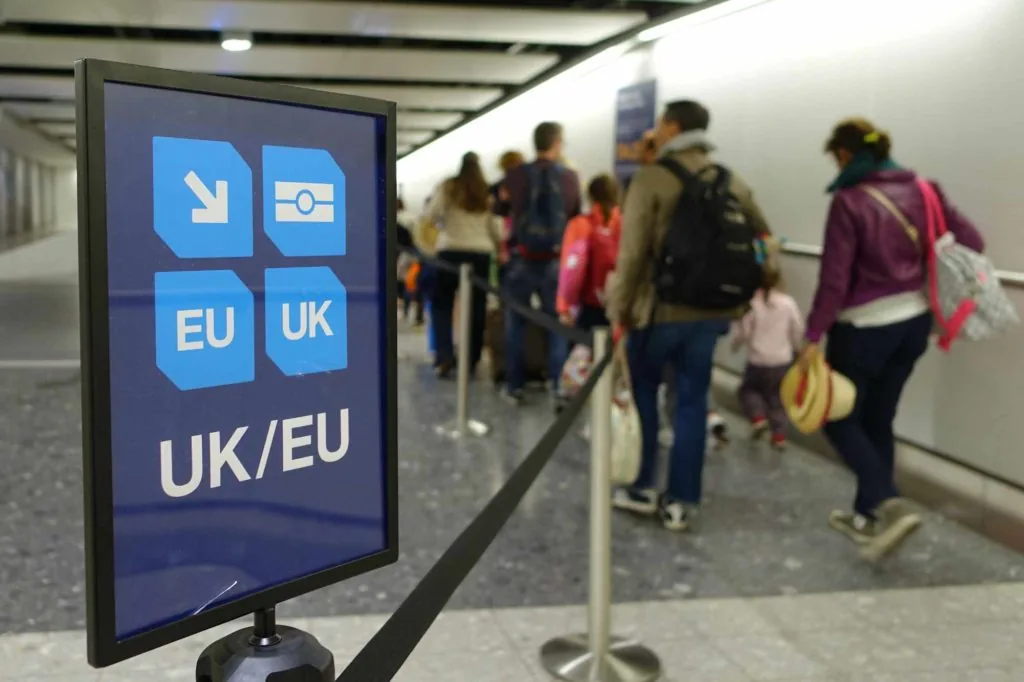
Fire Safety Act 2021: Implications for builders and building owners


Ways of improving the safety of buildings seem to be at the top of the Government's legislative agenda and thinking.
The Government's response to its consultation on Fire Safety and its draft Building Safety Bill indicated we may expect to see considerable reform of the overall approach to building and fire safety across the piece.
Indeed, the recent Queen's Speech specifically referred to the creation of a Buildings Safety Regulator, which will work as part of the Health and Safety Executive.
The regulatory framework will evolve to include not only the Building Safety Bill but, as was widely publicised earlier this month, the new Fire Safety Act 2021, which amends (in a limited but important way) the central piece of fire safety legislation on the statute books, the Regulatory Reform (Fire Safety) Order 2005.
So, plenty for housebuilders and developers to think about as we 'build back better.' Here, we consider the Fire Safety Act specifically:
Fire Safety Act 2021
The Fire Safety Act 2021 ("the Act") contains just four sections and extends to only seven pages; indeed, the Act has been widely publicised because of what it does not include.
Housebuilders will need to consider the requirements of the Act as well as the Regulatory Reform (Fire Safety) Order 2005 which has been amended by the Act, however the precise nature and extent of their obligations will vary depending on what use is ultimately made of the building. The legal 'person' fixed with relevant duties is described below.
"Responsible Person"
The Act extends and clarifies the requirement for a 'responsible person' to take 'general fire safety precautions' in certain domestic premises. Hence the view that the Act is actually of rather limited application.
The Act requires the 'responsible person' for multi-occupied, residential buildings, to manage the risk of fire for:
- The structure and external walls of the building;
- Entrance doors to individual flats that open into communal areas.
The Act then stipulates that "external walls" includes doors or windows in those walls, and anything attached to the exterior of those walls including balconies. The most obvious example being cladding.
This clarification will come into force on a date specified in Regulations to follow.
The Act also empowers the Secretary of State to make Regulations to amend or clarify the types of premises falling within the scope of the Order in the future.
The "responsible person" will either be the building owner or the legal person in control of the premises where this person has control in connection with their business (such as a management company).
In practical terms, the fire risk assessment for a building/premises will need to cover both these areas. Fire Safety campaigners have broadly welcomed the tightening of the rules and the added clarification. The requirement in the Act for someone to take responsibility for removing cladding (for example) is not seemingly controversial. What is far more controversial is the question of who then pays for the repairs.
Who pays?
The Fire Safety Bill passed through the House of Commons and House of Lords after a long-running battle over the insertion of a clause to protect residents from remediation costs being passed on to them. The amendments were rejected by the House of Commons five times.
The Government has sought to provide re-assurance by providing a £5bn fund to cover the cost of relevant repairs on buildings over 18 metres in height as well as a loan scheme for buildings below that height. There has been widespread concern that this provision is insufficient given the scale of the task at hand.
Going forward
The Act will provide a foundation for secondary legislation, based upon the recommendations made from the Grenfell Tower Inquiry. The Government intends to bring forward the separate Building Safety Bill later in 2021 and so the Act is only part of the legislative framework; albeit an important one.
The Act also amends Article 50 of the Order to explicitly reference that proof of a failure to comply with guidance approved by the Secretary of State shall "tend to establish" there has been a breach of the requirement to take the general fire safety precautions in a prosecution. This works both ways; evidence of compliance will "tend to establish" that there has not been a breach.
Tim Williamson, Managing Associate in Foot Anstey's Regulatory team commented:
"The responsible person will now need to ensure the risk of fire from anything attached to the structure and external walls of the building is properly assessed and reduced. The assessment of risk will be of the utmost importance given the proposed changes the Government intends to make through this legislation and in the Building Safety legislation to follow. This will need to be regularly monitored and suitably updated as appropriate. The regulatory framework is poised to evolve significantly, and close attention needs to be paid to each development and at every stage."
To discuss any of the above points raised in more detail please contact Tim Williamson or Nathan Peacey in our Regulatory team.















